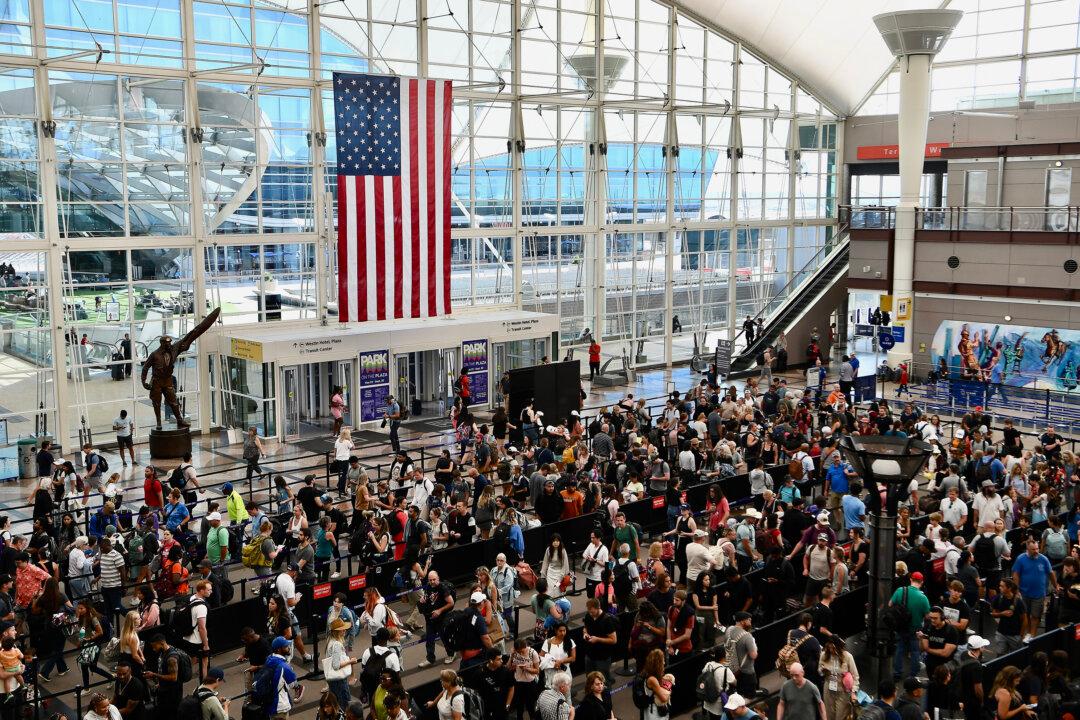The quintessential symbol of Rome is the Colosseum. Think of Audrey Hepburn and Gregory Peck zooming past its lofty arches in “Roman Holiday” and souvenirs with the structure emblazoned on their sides. When my husband and I were planning our five-day trip to Rome, we put this at the top of our list, and working out the particulars of our visit led to something of an education.
I learned that a tour of the Colosseum almost always comes with an afternoon wander through the Forum because of their proximity. And my concept of Shakespeare’s Julius Caesar being murdered on the steps of a building called the Forum was misguided. The Forum is actually a five-acre commercial heart of ancient Rome filled with social, political and religious buildings. The center of government as far back as 700 B.C., it was in use into the 700s.
And while the Forum was the seat of government during the time of Caesar, the Senate house there was not in use when he died. It had burned and was being rebuilt by Caesar himself. In fact, he was about a mile away in a neighborhood called Largo di Torre Argentina at the Senate’s temporary location when he was murdered by fellow senators on the Ides of March in 44 B.C.
With my myths dispelled and a realization that I had a lot to learn, I booked a tour with Paola Puecher, a Licensed Tourist Guide with the city of Rome whose knowledge of the history, geography, architecture and art of the city has been tested through oral and written exams. She did not disappoint.
We met Puecher and four other visitors just outside the Colosseum’s metro station for what turned out to be a marathon through history. She began by telling us that the giant structure was built in the first century by Emperor Vespasian. It took 10 years to build and was meant to be a gift to the people of Rome on the site of Nero’s former Golden Palace. In fact, a colossal golden statue of Nero that had stood in that space became the structure’s namesake -- the Colosseum. As many as 60,000 people could use their numbered marble coins for reserve seating and fill it in about a half-hour. And the first historical use of zigzag staircases improved the flow so that visitors could be evacuated in only five minutes.
From the tunnels beneath the main arena we could see the aqueduct that originally brought water to Nero’s pleasure lake that once shimmered on this spot. We also saw some of the 28 hoists that slaves operated to lift animals, people, supplies and even boats up into the arena.
Just across the road from this iconic structure we stepped farther back in time to Palatine Hill, one of the seven hills that form the boundary of Rome’s ancient city. Legend says that demigod twins who had been raised by a she-wolf argued over the location and leadership of the city, and when Romulus killed his brother, Remus, in 753 B.C., Rome was born -- on Palatine Hill. It was Caesar who concentrated shops, public offices and buildings in one location in 55 B.C. to create the city center, the legendary Forum.
Not long after, Emperor Caesar Augustus and his wife, Livia, built their palace atop the hill. In Latin, palatium simply means “building,” but after the home they created on Palatine Hill, the word “palace” evolved to mean an opulent residence of someone in power. With fountains, a private amphitheater, aqueducts, pools or courtyards for almost all of the 10,000 rooms and more than 200,000 servants to cater to them, the couple’s 52-year marriage was luxurious, and walking in their space felt like a privilege.
Puecher expertly guided us down the cobbled roads while bringing the ancient city to life with her words. The basilica we saw had been handed over to the Christians after Emperor Constantine converted in 312, and its distinctive shape became the template for all Christian basilicas. In another building, she pointed out little hooks hanging in alcoves painted with Christian frescoes. This had once been a pagan temple, and the hooks had held sacrifices before Rome’s abrupt change in theocracy.

The lower parts of the buildings in the Forum are in much better shape than the tops. Puecher explained that the Forum fell into decline when Constantine moved the capital to Constantinople and was eventually abandoned. It crumbled in earthquakes and landslides, and it was even used as a dumping ground, with detritus so deep that the bottoms of the ancient buildings were protected from environmental decay and from architectural scavengers who stole marble to build, among other things, St. Peter’s Basilica.
Restoration of the Forum began in earnest in the late 1800s. As we walked down Via Sacra, Puecher told us that this had been the Sacred Road of ancient Rome that had guided visitors past religious temples and grand buildings into the very heart of the Forum. When we commented about the many years of history that existed in this one location, she agreed.






